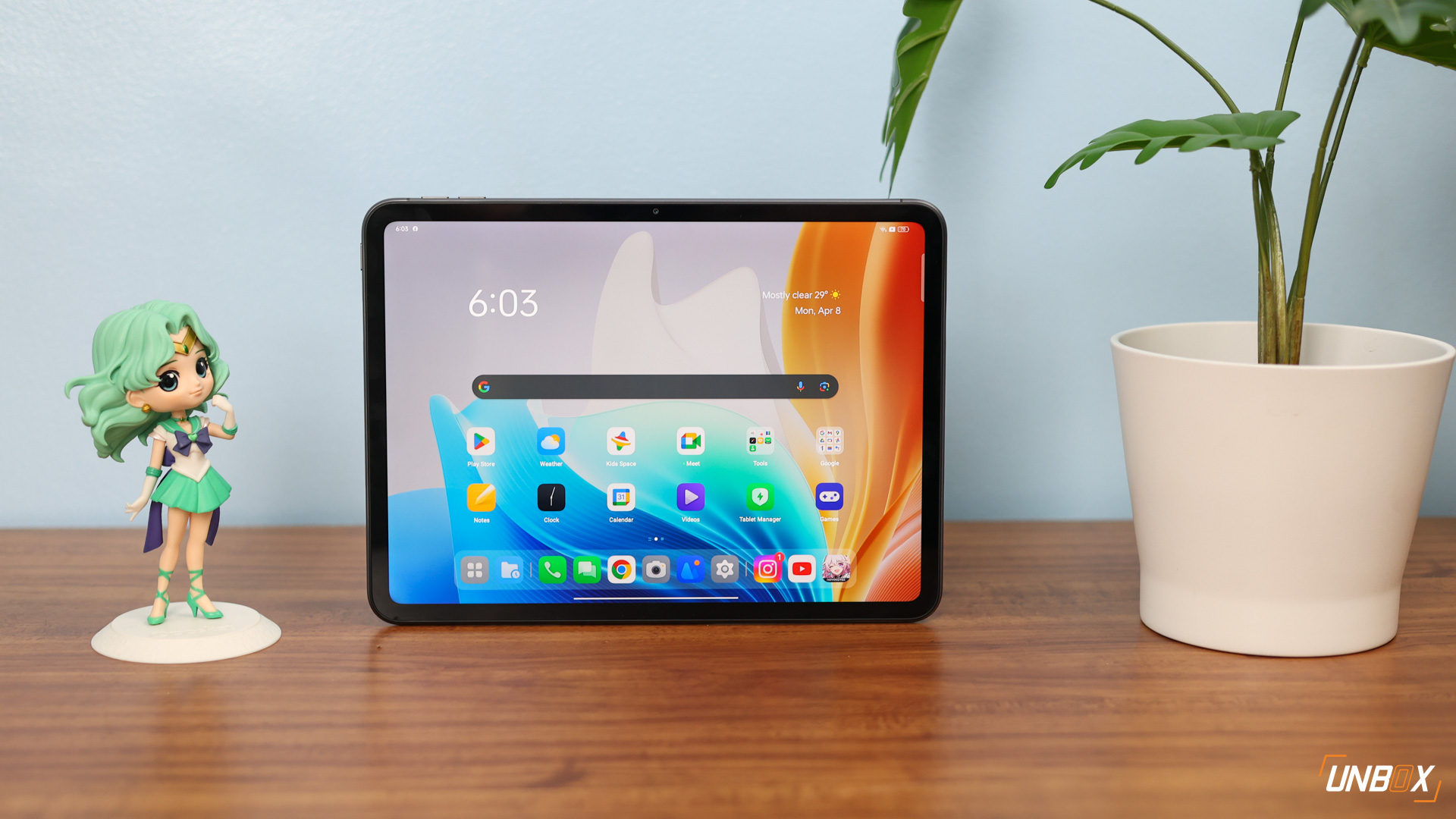
After countless rumors and speculations about the cause of the explosions of Samsung’s best phablet ever, the Korean company has officially released why their flagship failed spectacularly, resulting in a massive recall that saw the company eat $3.1 billion in losses.
Read:
Samsung Profits Down by 30% Due to Note 7 Snafu
Samsung Halts Production Of Galaxy Note 7 Permanently
The main cause of the problems for the Note 7 was, unsurprisingly, related to the phone’s battery. The first batch of failures were caused by the design of the original batteries. Simply put, the smaller design made it more likely that electrodes would touch each other, which resulted in the initial batch of failures and thermal runaway events (read: explosions).

While the batteries inside the replacement Note 7s had better batteries inside of them that didn’t have these faults, the rushed production meant that new faults were introduced, mainly welding defects inside the batteries themselves. In some cases the welding defects were tall enough to bridge the distance from the positive to the negative electrode foil, which resulted in short circuiting. If that wasn’t bad enough, some batteries that were examined by Samsung from supposedly “safe” Note 7s did not have protective tape over the positive electrode tab, which increased the likelihood of the batteries short circuiting, which resulted in a conflagration.
An interesting tidbit is that when the first recall was announced, the second batch of batteries made by manufacturer B (Samsung did not name the two battery manufacturers, just naming them A and B) were already being sold, albeit in small quantities. It seemed that manufacturer B was not ready to ensure quality production of Note 7 batteries when Samsung tapped them to be the sole supplier for the flagship, which manifested itself when Samsung asked them to quickly ramp up production.
Despite rumors that Samsung’s software charging protection contributed to the Note 7’s fiery demise, the company’s investigation found that that wasn’t the case. The problems were also not caused by chargers or accessories like wireless charging pads, Samsung made or otherwise or how the components were transported for final assembly.

Moving forward, Samsung is increasing the quality checks in the manufacture of their batteries. The company has included an 8-point safety check for the battery, which includes extensive charge and discharge cycles for new batteries, x-rays and a whole host of quality checks to ensure that the Note 7 debacle doesn’t happen again. Before the incident, the battery check was only two steps.
With Apple’s lackluster releases as of late, Samsung took a big leap in terms of design and features with the Note 7, hoping to leapfrog their main competitor and impress long-time consumers. Unfortunately in their haste, the company went too far too fast with the Note 7. The Korean company is now looking to put the painful incident behind them, and hopes to wow consumers with the S8.

































































